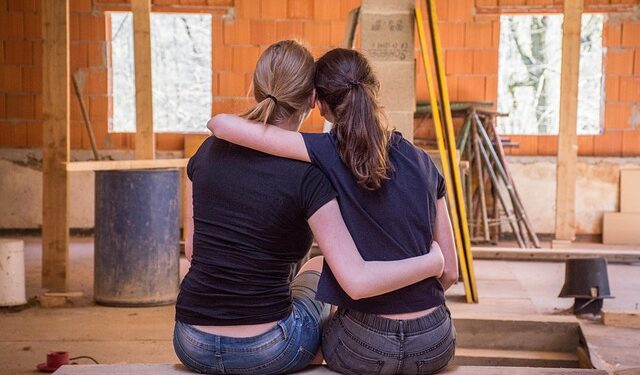Real estate investors and developers are moving quickly to provide cutting-edge residential residences at profitable pricing. Before engaging in such initiatives, buyers must evaluate the house’s building quality. Here are the seven essential measures you must take as a buyer to evaluate the new home’s construction quality. Here is what you need to do to evaluate the building:
Examine The Soil’s Condition
The soil affects how sturdy a building’s foundation is. Before starting a project, engineers and builders typically evaluate the soil. Ask an architect for a sample of the soil analysis to examine the accuracy and confirm. If you choose to build a high-rise apartment block, make sure no soil rich in clay or black cotton is used in the building.
Examine The Building Structure’s Design
How well and properly the brickwork, new construction roofing and columns are built constitutes a building’s structural design. One suggestion is to ask the builders for the design and confirm it with a qualified expert.
It is not recommended that you invest in such properties unless the design incorporates security, safety, and strength to combat natural hazards, and severe climate conditions, and is fire-resistant. A few most important things to look at while purchasing a new home.
Evaluate The Quality Of The Concrete
A building’s construction must be able to support a big load or it will likely collapse quickly, posing a serious risk to the occupants. Modern buildings are built using ready-mixed concrete that is sold in the market. For greater durability and longevity, the proportion of sand to concrete must be correct.
The concrete quality can be checked in two different ways. Keep track of the purchase receipt as well as the brand of concrete that was used for the building. A nail can be driven into the concrete wall as a second alternative. The quality is suspect if the nail enters through into the wall with little effort.
Evaluate The Plaster’s Quality
Another crucial step to take before making an investment in real estate is to evaluate the plaster quality. Plaster cracks are a sign of both water leaks and subpar plaster. Never let the contractor paint the estate or even hire someone to do it before looking for cracks.
After a few months, plaster cracks might sometimes occur. Therefore, it is wise to invest in homes built by reputable builders. Second, hold off on painting for a couple of months. By working with the builder, you may repair any cracks, no matter how little.
Inspect The Fixtures And Fittings
Check and look over every last detail of the interior fixtures and fittings. Use a residential gutter installation where needed. Make sure the promised kitchen and bathroom fixtures are delivered, and that they are free from cracks and water leaks. To ensure that they are in good functioning order, all of the sanitary facilities’ drain pipes, taps, hand basins, showerheads, and other components must be thoroughly inspected.
Check all of the electrical connections, including the ones for the fans, lights, and air conditioning units. This is the most important thing to check because not doing so could result in major harm, accidents, and destruction.









